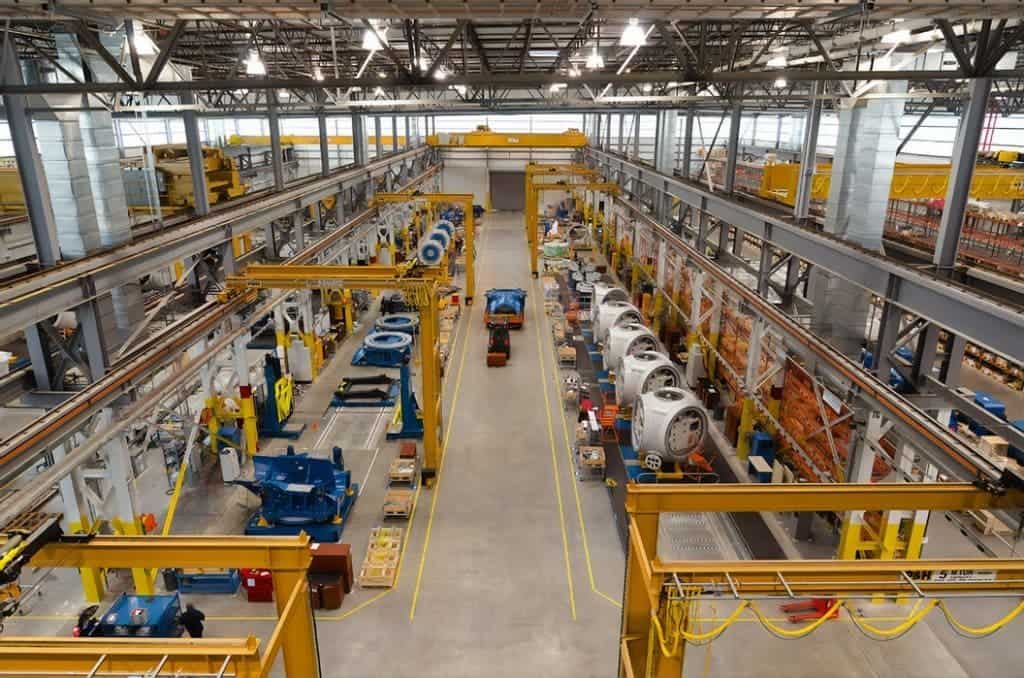A global shortage of semiconductors has emerged as a full-blown crisis at the start of the year. From TVs to smartphones, everyone in the tech industry was affected by it. As cars are becoming increasingly “smart”, car manufacturers are finding themselves caught in the crisis as well.

Ford had to delay the production of several cars including the Ford Explorer and Lincoln Aviator for the US, as well as the Mustang for global markets. Volkswagen is expecting delays in the second quarter. Peugeot is making changes to some production models. Even high-end models like the Jaguar F TYPE or the Jaguar XE are not spared. No matter where you look, the auto industry is recoiling from the semiconductor shortage.
In our ever-growing, ever-performing world, few things have accelerated faster than processing power. Average smartphones have more processing power than the computers that sent the Apollo missions to the moon, and they’re becoming more powerful year after year. At the bottom of this processing surge are semiconductors — materials that are neither conductors nor isolators and which are essential for microchips.
We’re in a semiconductor crisis right now, and it’s a very pervasive one. Initially, the problem was thought to be only a temporary delay as factories shut down when the pandemic first hit. But after production resumed, changing consumer habits (again affected by the pandemic) led to a surge in demand, and producers are finding it impossible to fulfill that demand. First, it was the laptop and smartphone producers; then it was the TVs; now, it’s the cars.
Some, like Tesla, seem to have secured reliable supply lines — but for the industry as a whole, shortages are already commonplace. Automakers are anticipating a slow production recover, which coupled with long-term trends in rising demand, shows no end in sight for the crisis.
The problem is getting worse, Neil Campling, media and tech analyst at Mirabaud told The Guardian. Demand for many devices (including electric cars) is growing, and production just can’t keep up. It’s a “perfect storm” he says, a level of demand that simply can’t be kept up with. Unrelated problems such as the fire at Japan’s Renesas semiconductor factory and the Texas freeze are adding more weight to an already global crisis.
It’s remarkable that the demand of high-end technology is now plagued by a shortage of fairly common materials, but it’s a reminder to how fragile the supply chains of the world are sometimes — chains that we typically take for granted without much of a second thought.
More and more devices are becoming “smart” and require chips, and as (thankfully) more and more people are lifted out of poverty, the demand will continue to increase. Manufacturing power seems to coalesce around fewer (and larger) production centers, which also concentrates the risk.
According to Goldman Sachs, 169 industries in the US involved some semiconductor usage — and there’s a 20% shortage (on average) on the market. There are numerous different types of chips, but what’s making the current shortage so tough to manage is that many different types are affected at once.
As an already battered car industry tries to make a rebound, this is proving to be quite the challenge. Car sales then had a stronger recovery than expected, but they may stumble yet again in the second part of the year.
It’s one of the multiple unexpected shortages we’ve seen this year. The shortage of lumber, workers, even gas have all struck hard — a reminder that the world is more interconnected than ever and supply chains are complex and prone to disruptions.
It’s not necessarily bad news all the way, though. The fact that there are shortages means demand is there, and this hints at a recovering economy. It’s a long-term problem with long-term solutions, some food for thought for our ever-growing world.



